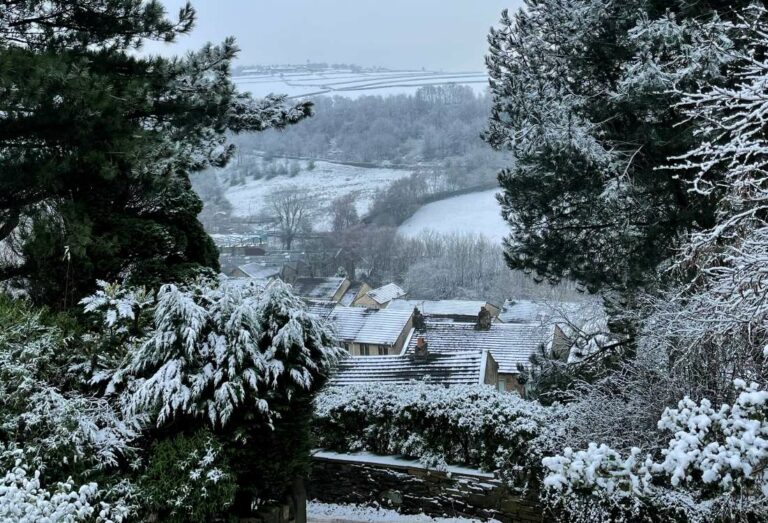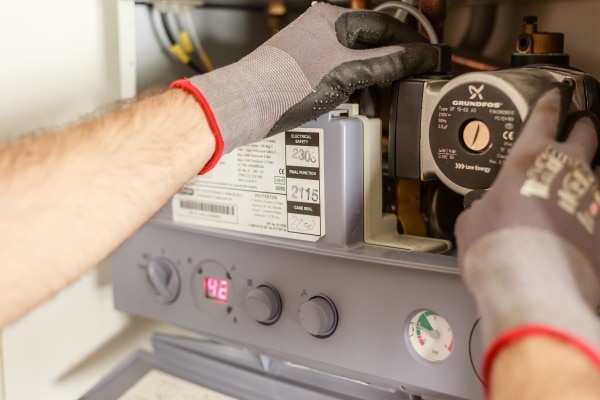5 Top Tips to Get Your Boiler Ready for Winter
Is your Gas Boiler Ready for Winter?
Are your gas boiler and central heating system ready for winter? Or were you caught off-guard by the recent wintery weather, finding that your home was feeling cold and chilly rather than warm and cosy?
There are a number of steps that you can take throughout the year to make sure that you can rely on your gas boiler and central heating system to keep you warm when you need them the most.
Here are our 5 top tips.

1. Have your Boiler Serviced Every Year
As well as being essential to maintain your warranty, an annual boiler service is also key to ensuring your boiler and heating system are working efficiently when you need them most.
The engineer carrying out your annual boiler service can spot any potential issues before they become more serious, and also cleans and checks key components to make sure that everything is working as it should.
If your boiler service is due soon, please contact us and we will book you in.

2. Fit a System Filter
Over time, the water in your central heating system will accumulate contaminants such as rust particles from the metal parts of your heating system (such as radiators) and limescale from the water itself.
A system filter is designed to remove these magnetic and non-magnetic impurities from the system water to prevent them from accumulating or reaching the boiler, causing blockages or damage.
Boiler regulations recommend fitting a system filter to your heating system pipes before your boiler. All our boilers come with a system filter included. If your heating system does not currently have a magnetic filter installed, it may be possible to add one. Please contact us with any enquiries.
3. Insulate Your Condensate Pipe
The condensate pipe comes out of the bottom of your boiler and is small, plastic and usually white. It carries the waste liquid, or ‘condensate’ produced by your boiler to a drain. Any part of the condensate pipe that is outside or located in an unheated area such as a garage is susceptible to freezing in cold weather.
If the condensate pipe freezes, your boiler will shut down completely. This is a fail-safe mechanism to prevent further damage that could be caused by water unable to escape to the drain going back up the pipe and into the boiler.
Prevent freezing by insulating the pipe, and ideally keeping the heating on at a constant low temperature in cold weather.
Most frozen condensate pipes can be thawed by boiling warm but not boiling water carefully over the affected area, then the boiler can be reset following manufacturer’s instructions. However if you are not confident or experience any difficulties, please contact us.
4. Bleed Your Radiators
If your radiators are colder at the bottom than at the top, there is most likely trapped air inside. This means that they are unable to produce their full heating output, reducing the efficiency of your heating system.
Before bleeding a radiator, first ensure that the heating system is off and that the radiator is cool. Use a radiator bleed key to slowly turn the valve usually located at the top of the radiator anticlockwise. After around a quarter of a turn, you should hear the hissing sound of trapped air escaping. Use a rag to catch any water that comes out, and retighten the valve when the hissing stops. Always re-check your boiler’s pressure after bleeding a radiator.
If you are not confident to bleed your radiators yourself, please contact us.
5. Check your Boiler Pressure
Your boiler operates most efficiently within the optimum ‘green’ range indicated on the pressure gauge; typically between 1 and 1.5 bar. Most boilers can be topped up quickly and simply to ensure that they are running at maximum efficiency; however do inspect your heating system for any potential leaks before topping pressure up, especially if your heating system loses pressure repeatedly over a short time scale.
Before topping up boiler pressure, first ensure that the boiler is switched off and the system is cold. Then, attach a filling loop and operate the valves underneath the boiler until the pressure is within the optimum range. Always re-check your radiators after topping up your boiler, to ensure that they do not need bleeding.
If you are unsure of the process of topping up your boiler pressure, please contact us.


